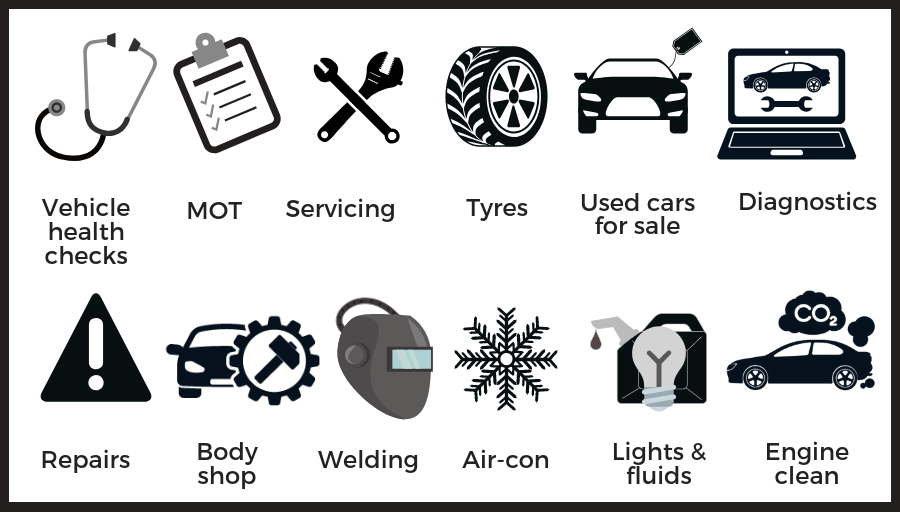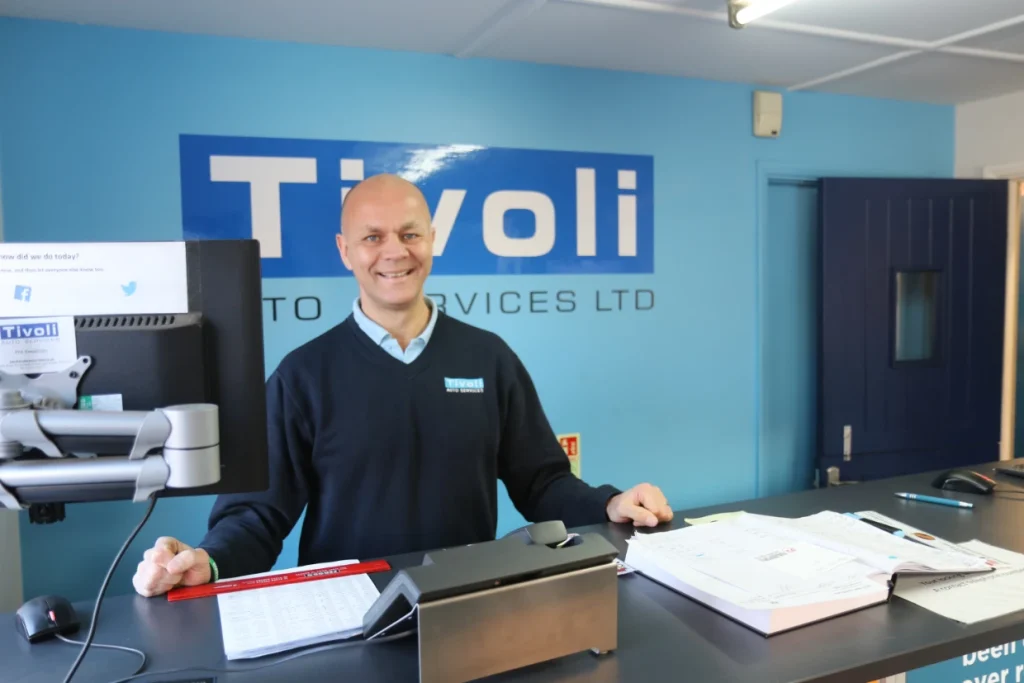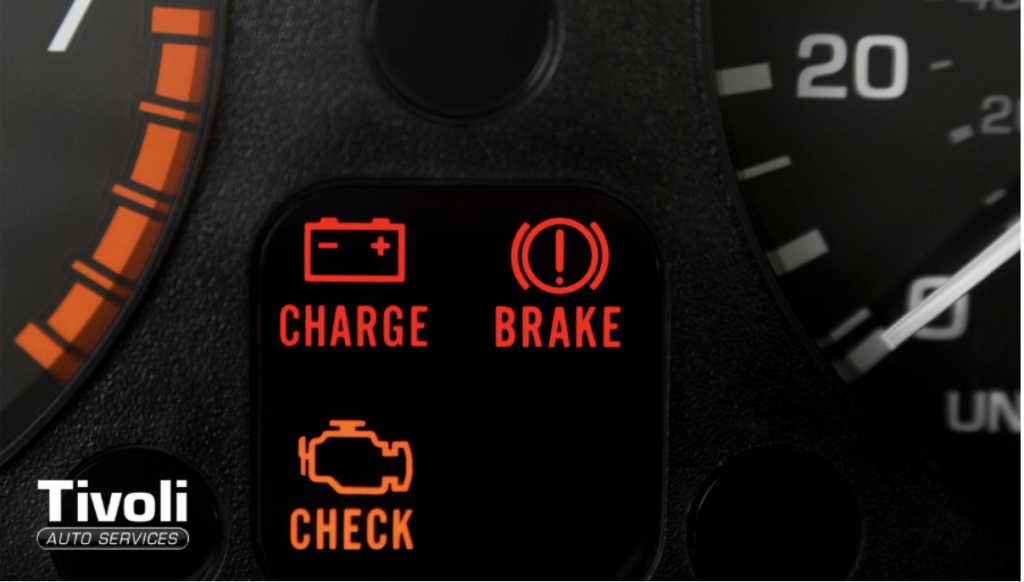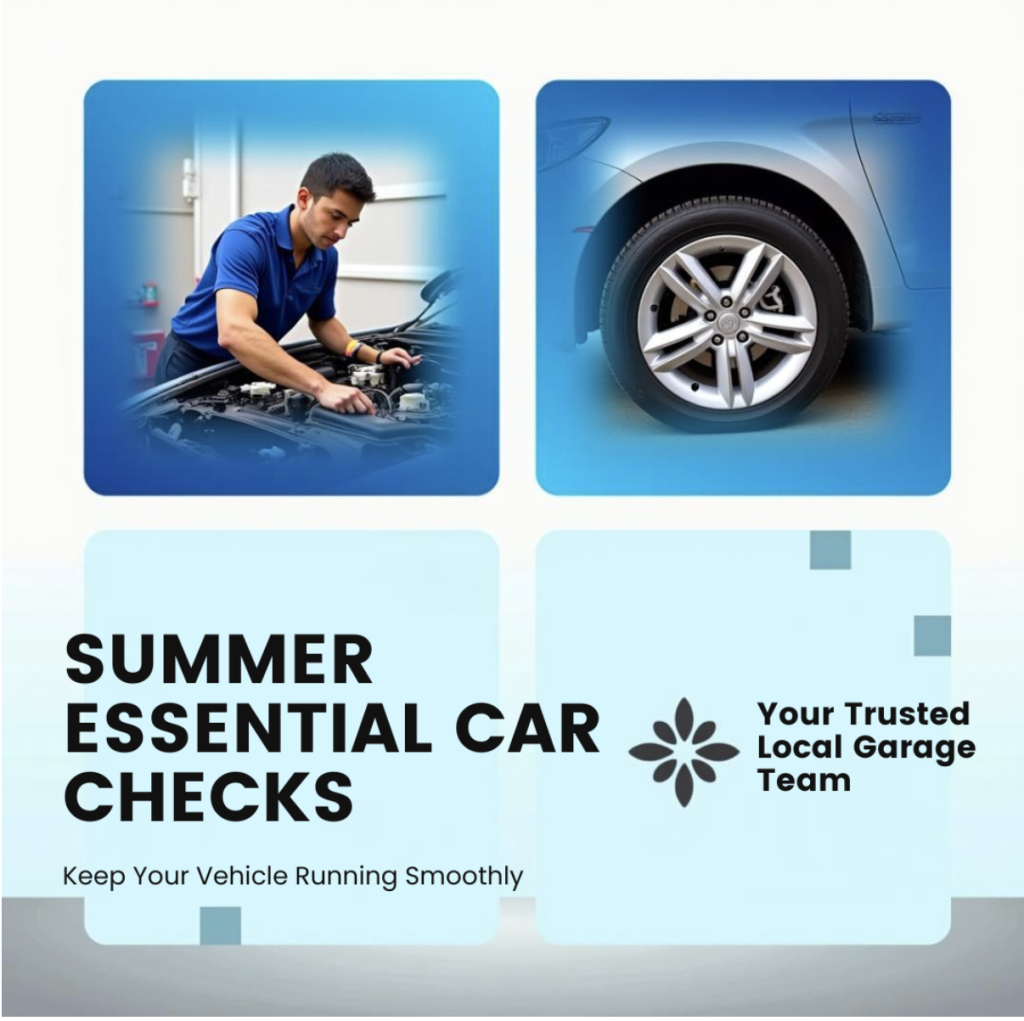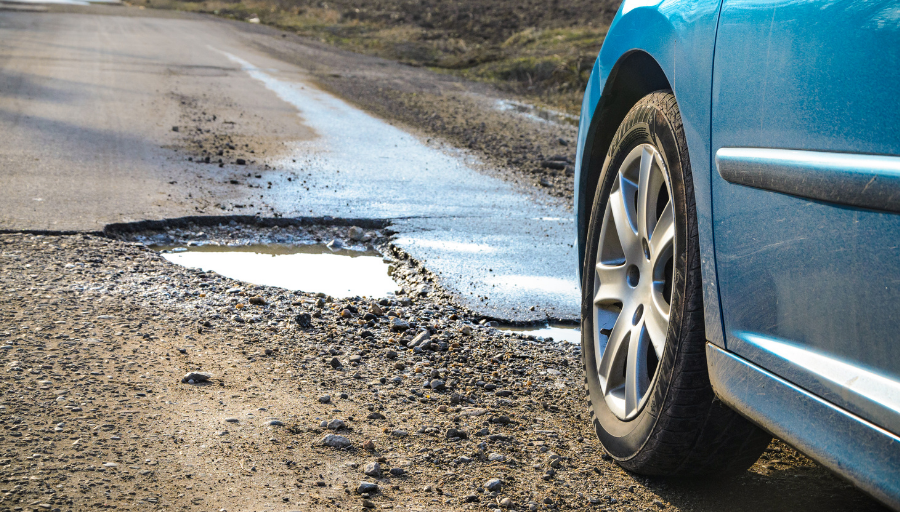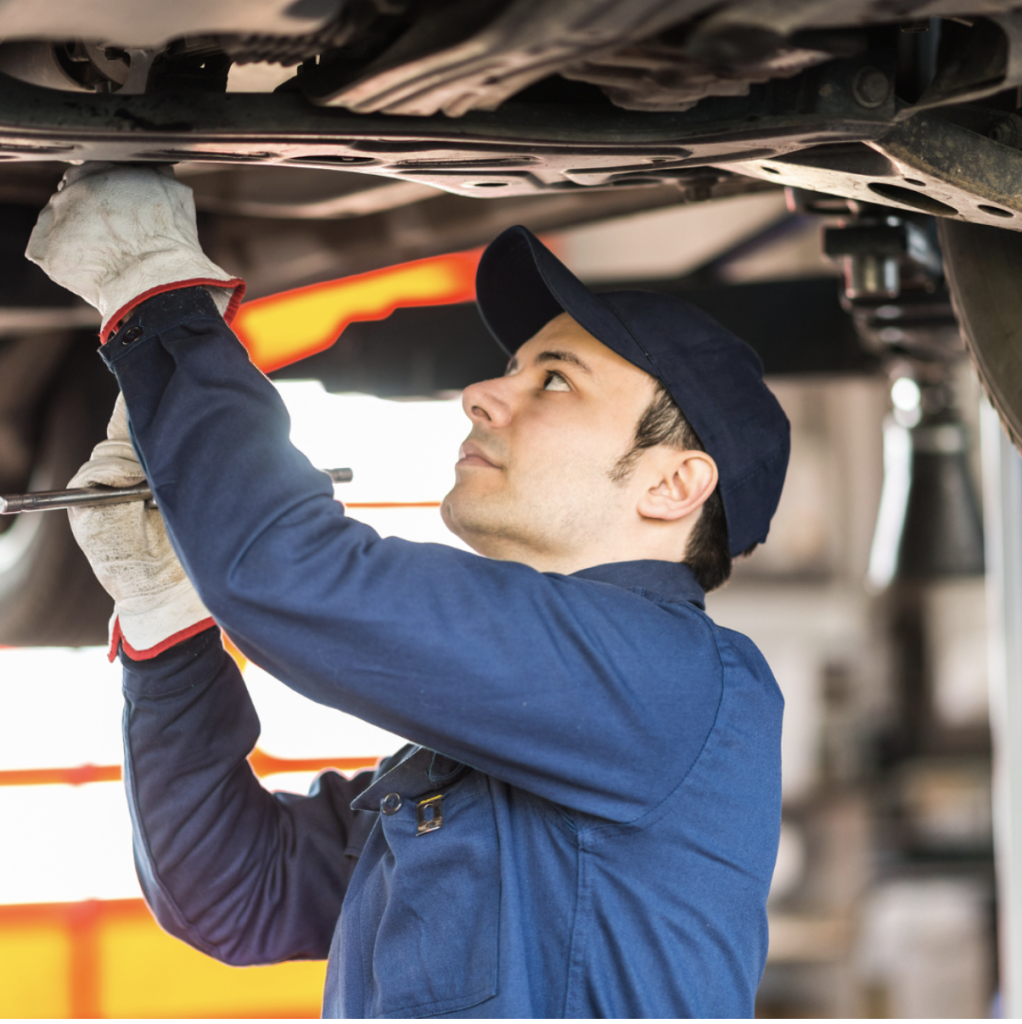[vc_row][vc_column width=”1/1″][vc_column_text]
You probably already know that if your car is over 3 years old, you are legally required to have an annual MOT to ensure it is safe to drive. But do you know exactly what an MOT involves, the details of your car that are examined and the most common causes of a test fail?
Whilst a service can vary greatly and usually reviews the mechanical condition of a car, an MOT is a set service with the government specifying what must be checked. It gives an overview of the condition of the car rather than a thorough exploration. It does not include checking the clutch, engine or gearbox – so regular servicing is also important. It takes around an hour for all the checks, but not necessarily including any repairs. If your car fails the MOT, it is not legal to drive it and your insurance will be invalidated if you do. Around 40% of cars submitted for MOT fail.
If you are not sure when your MOT is due, all you need is your registration number to find out at the DVLA online tool: https://vehicleenquiry.service.gov.uk/
[/vc_column_text][minti_button link=”https://tivoliautoservices.co.uk/contact” target=”_blank” color=”blue” size=”large”]Book an MOT now[/minti_button][minti_spacer][/vc_column][/vc_row][vc_row][vc_column width=”1/1″][minti_headline]An outline of the things checked in an MOT[/minti_headline][minti_image img=”16718″][minti_spacer][/vc_column][/vc_row][vc_row][vc_column width=”1/2″][vc_column_text]
1. Vehicle body – ensure no excessive corrosion or sharp edges
2. Towbars – secureness and condition
3. Fuel system – sealed, secure and leak-free
4. Exhaust emissions – depends on the age and fuel type – diesel emission rules are getting stricter
5. Exhaust system – secure, complete and leak-free
6. Seatbelts – appropriately fitted and secure
7. Seats – adjustable and securely fitted
8. Doors – secure and working
9. Mirrors – in place, condition and secure
10. Load security – ensure the boot or tailgate can be closed properly.
11. Brakes – condition, operation and performance
[/vc_column_text][/vc_column][vc_column width=”1/2″][vc_column_text]
12. Tyres and wheels – to include tyre pressure monitoring systems on vehicles from 2012
13. Registration plates – condition & attachment
14. Lights – condition, operation and aim
15. Bonnet – closes securely
16. Wipers and washers – working order
17. Windscreen – working order
18. Horn – working order
19. Steering and suspension – condition, steering oil level and lock mechanism
20. Vehicle identification number (VIN) – where appropriate this will be checked
21. Electrical – visible electrical wiring and battery checks
[/vc_column_text][/vc_column][/vc_row][vc_row][vc_column width=”1/1″][minti_spacer][minti_headline]Most Common Faults Found in an MOT[/minti_headline][vc_column_text]The DVSA and gov.co.uk report that 50% of faults could be avoided with simple regular maintenance checks such as lights, wipers and tyres. The top issues found are:[/vc_column_text][minti_spacer height=”10″][/vc_column][/vc_row][vc_row][vc_column width=”1/2″][vc_column_text]
1. Lights and signals – This top fault is an easy one to check at home. Have someone sit in the drivers seat and get them to indicate and press the brake whilst you walk around the car and check everything is working. Using a reputable garage for your MOT will ensure lights are properly fitted and functioning which will also help with the aim of the lights.
2. Suspension – Not so easy to check at home, but it you have uneven wear on your tyres this could be sign of a problem.
3. Brakes – Brakes are hard to check, but if they start to feel different to use, then seek advice. Only a basic check of the brakes is undertaken at an MOT.
4. Tyres – This is a common issue found in MOTs, but an easy one to keep an eye on. Visually check the general condition of yoru tyres and the depth of their tread. 1.6mm is the legal minimum, if any of your tyres are below this you will fail the MOT.
5. Driver’s view of the road – Check the condition of the windscreen and wipers, and ensure there are no obstructions to the driver’s view of the road.
[/vc_column_text][/vc_column][vc_column text_align=”center” width=”1/2″][minti_spacer][minti_image img=”16769″][minti_spacer height=”10″][minti_button link=”https://tivoliautoservices.co.uk/contact/” target=”_blank” color=”blue” size=”full”]Contact us for more information or to book an MOT[/minti_button][/vc_column][/vc_row][vc_row][vc_column width=”1/1″][minti_spacer][minti_headline]Types of Defect[/minti_headline][vc_column_text]In 2018 the MOT test made a few changes including the way that defects are categorised. Below is a list of the new categories. For both minor and advisory, you should undertake regular checks on the areas flagged to ensure you car remains safe.
- Dangerous – “Direct and immediate risk to road safety” or serious environmental impact – fail
- Major – May affect safety or risk other road users or environment – fail
- Minor – “No significant” safety or environmental risk, but repair asap – pass
- Advisory – “It could become more serious in the future”, monitor & repair – pass
- Pass – Meets the minimum standard – pass
It is an inconvenience to have your car out of service for any length of time. At Tivoli we will keep any disruption to a minimum. Our well experienced mechanics will check your car is in good working order whilst you wait, or we can provide a courtesy car or pick up service. We aim to keep you moving and in tip top condition![/vc_column_text][minti_spacer height=”10″][minti_image img=”16763″][minti_button link=”https://tivoliautoservices.co.uk/contact” color=”blue” size=”large”]Book an MOT [/minti_button][/vc_column][/vc_row]

